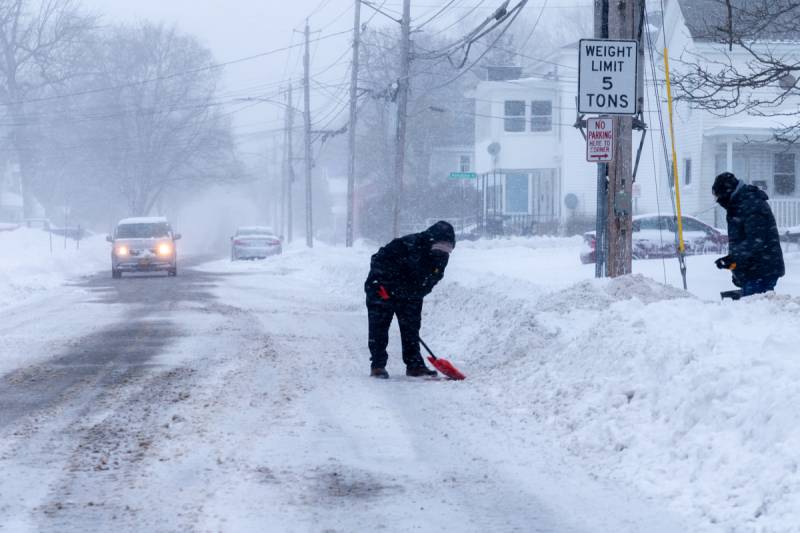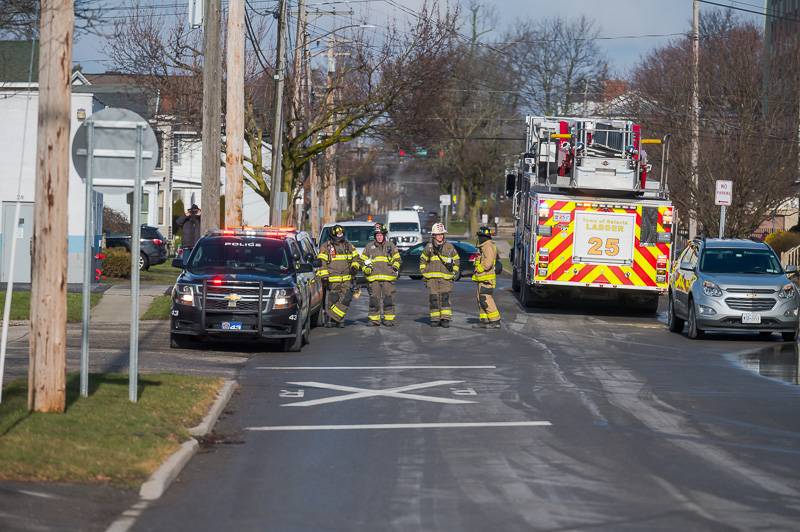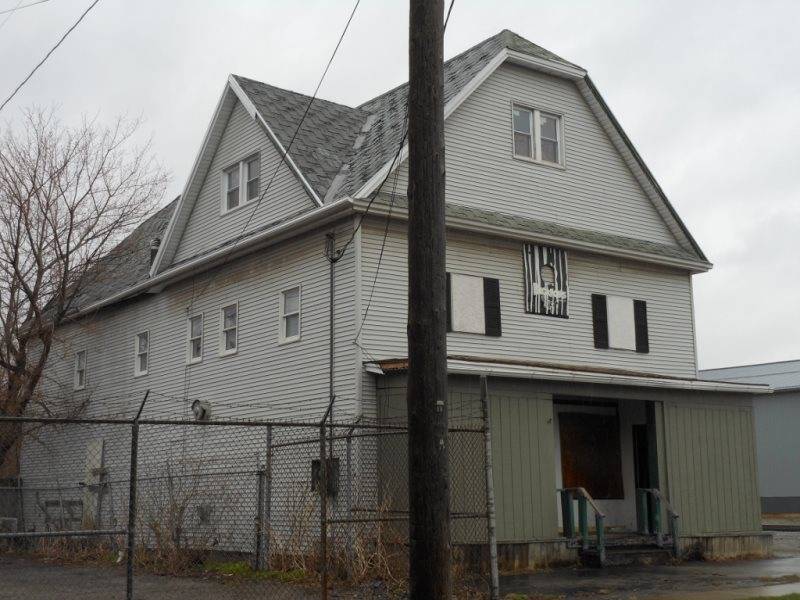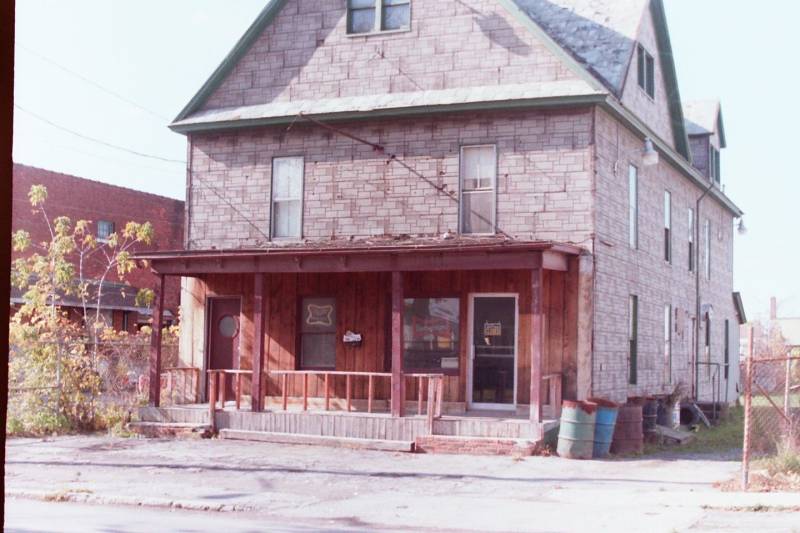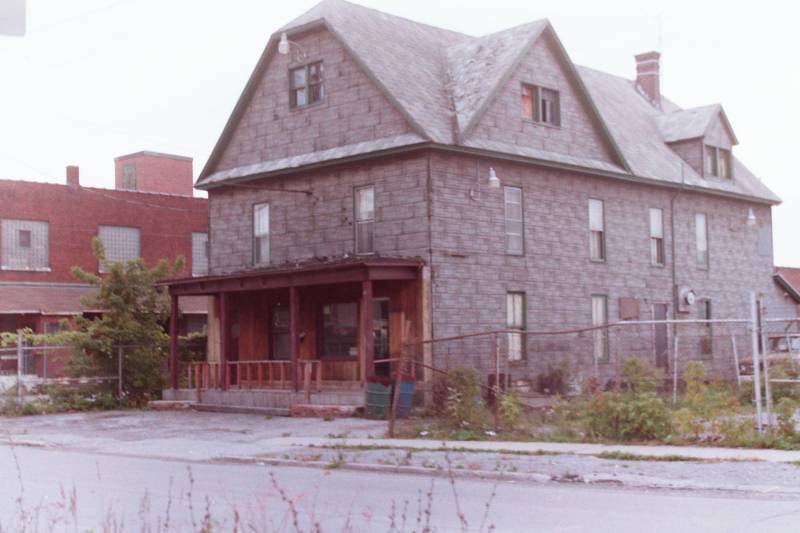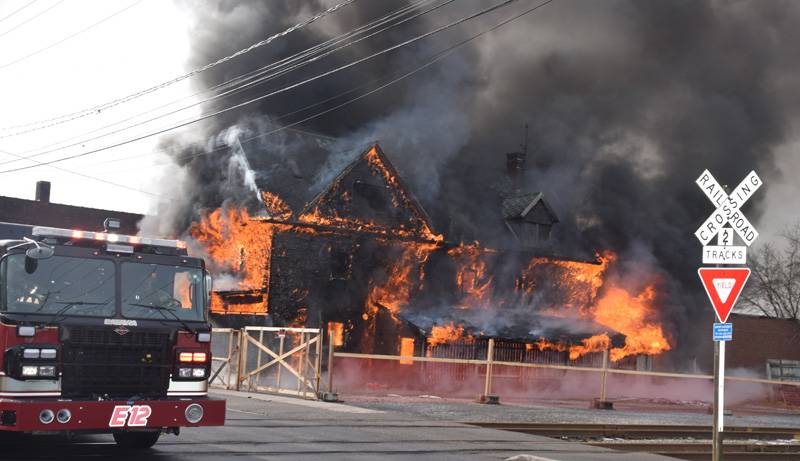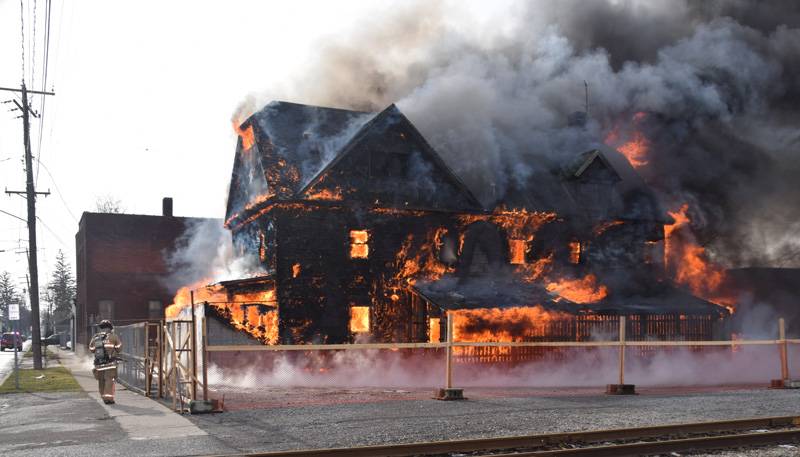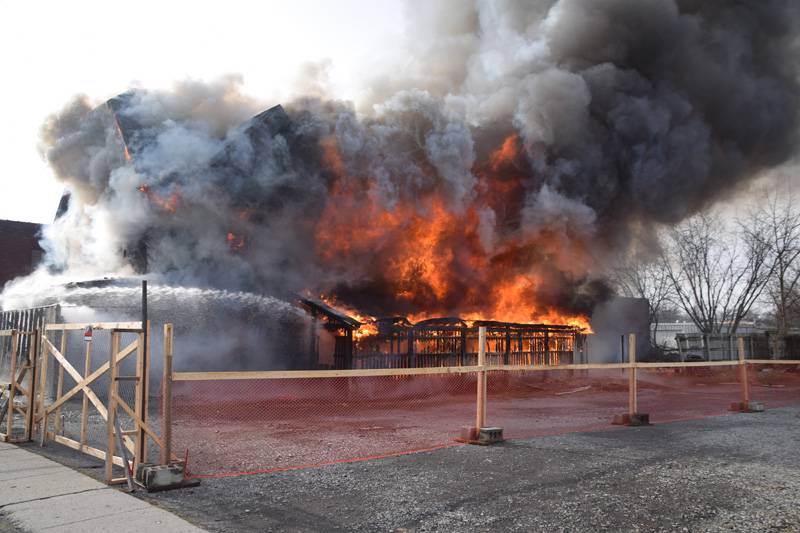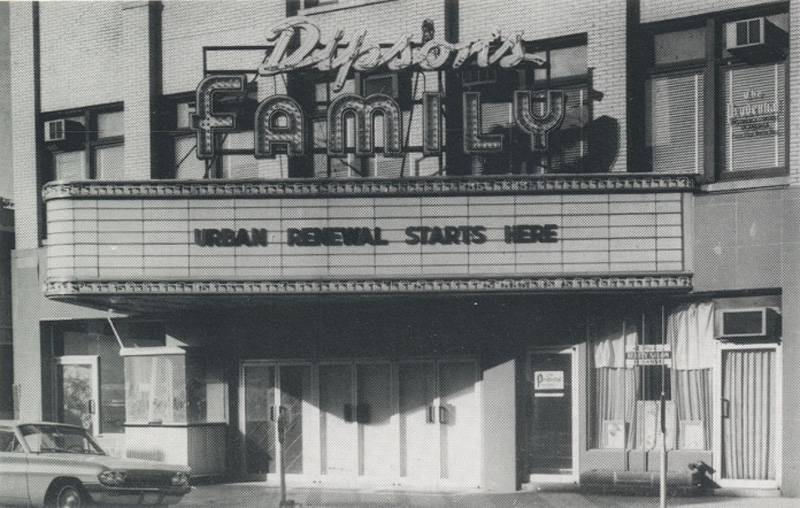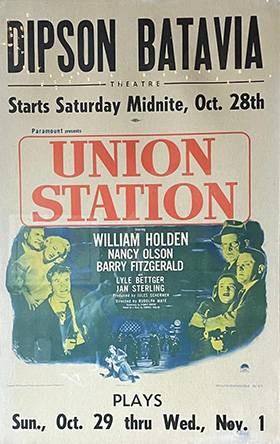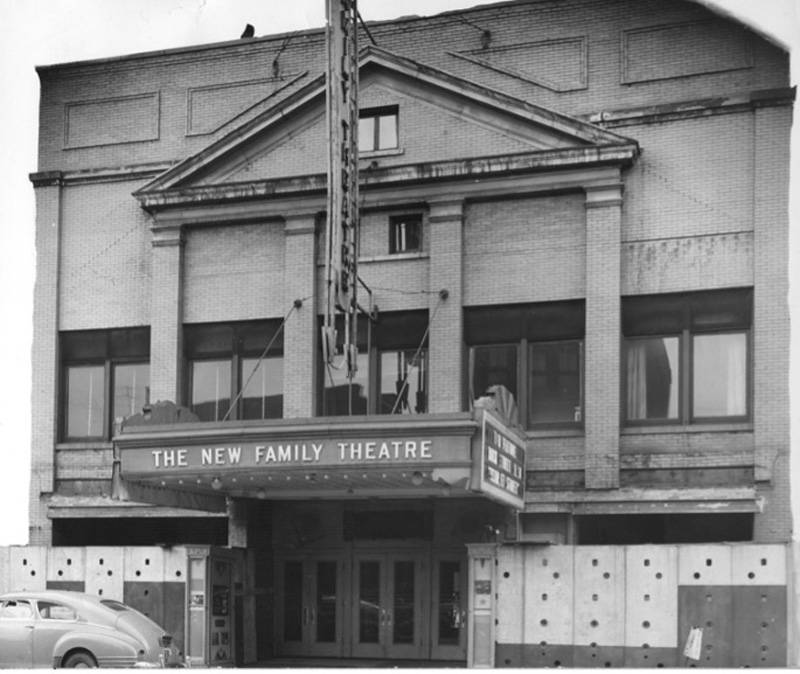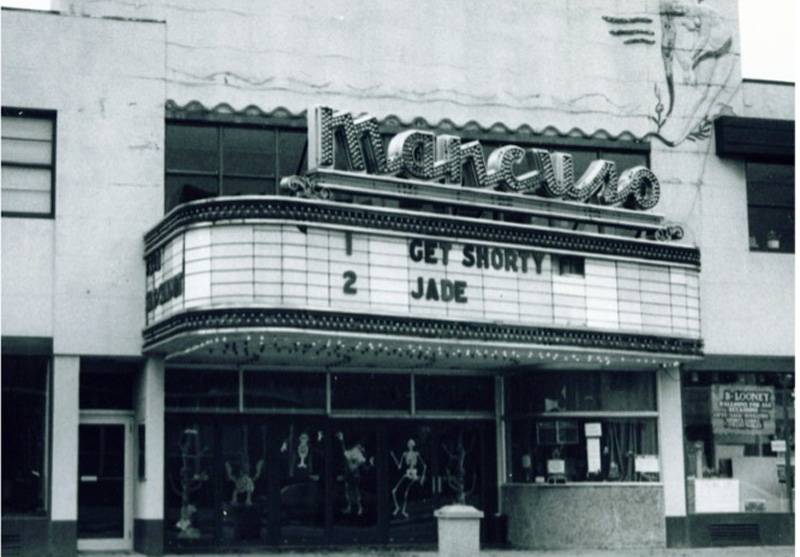As baby boomers, the Mancuso and Dipson theaters were essential to our childhoods.
A Saturday afternoon in the 50s and 60s would be spent at one of these theaters. If we took our pop bottles to your corner store and redeemed two cents for every bottle, you could save enough money to afford the .50 needed for admission to a movie.
We first had to check the Legion of Decency, a list of films nailed to the back door of our Catholic Church stating what movies were appropriate for our ages. Disney movies were at the top of the list of acceptable movies.
In the 70s, I remember exactly where I sat when I saw "Jaws." I can still remember the fear I felt when the great white shark opened its jaws and the screams I heard in the theater, including mine.
Theaters in Batavia have a very early history. Imagine, in 1874, an Opera House on Main Street. It had seating for 1,000 with a stage that could be converted into a dance hall. A balcony and seating boxes on either side of the stage were reserved for courting couples. John Dellinger built the Dellinger Opera House, the center of local entertainment for over 50 years. Most people saw their first live performance on the stage at the Dellinger. Road companies stopped in Batavia regularly in the 1880s and 1890s. Amateur shows could be performed on this stage one day, and the next day, you could watch professional acting companies take the stage.
In 1900, a store on Jackson Street was the site for the first showing of motion pictures. Later, silent pictures were shown in Ellicott Hall on Court Street. To make the silent picture more exciting, sound effects such as train whistles, blank gunshots, and the noise of crashing cars were added.
Batavia’s first theater was called the Lyric Theatre, located at 49 Main St. It had 36 seats fastened to the inclining floor. Other theaters, such as the Dreamland on Court Street and the Orpheum Theater at 122 Main St., were places to see “moving pictures.”
Two new moving picture theaters opened in 1913, the Grand at 72 Main St. and the Family Theatre on Jackson Street. The Grand could seat 584 patrons, and the Family Theatre could seat 600. A pianist or violinist could be heard while showing a moving picture, adding excitement to the movie.
A group of local businessmen financed the Family Theatre. It was considered to be one of the prettiest theaters in this area. The furnishings were from New York City and consisted of seats made of oak, 12 chandeliers, and a stage curtain that could be opened to show a stationary picture screen made of plaster.
Nikitas Dipson came to this country from Greece in 1909. He was interested in movie theaters, which began in 1913 when he lived in Jeanette, Pennsylvania, where he managed a small motion picture theater. He later moved to Batavia and managed The Family Theatre.
In 1914, he temporarily bought the theater on Jackson Street until he could build a new modern theater on Main Street. He purchased two buildings at 36 and 38 Main St. They were not big enough for his new theater, so he closed the Family Theatre and moved the films, screen, and pianist to the Grand Theatre.
The New Family Theatre could seat 700 people and reopened in 1923 with a high domed ceiling lighted with radiant light and a 21-foot-deep and 43-foot wide stage. The orchestra seats were sitting from the other seats by a walnut rail. A console organ was in the pit, and a fireproof curtain could be lifted mechanically to the roof. The sides of the auditorium were decorated on either side with mural paintings.
The Lafayette Theatre, built just to show films, stood facing the Family Theatre for over 40 years. In 1947, the Lafayette Theatre, the property of Nikitas Dipson, closed.
Nikitas Dipson finally could build his theater on 36 and 38 Main St. The theatre opened on April 17, 1947. The inner lobby was decorated with mural paintings depicting scenes from Genesee County’s early history. Floral designs covered the walls. After the house lights went out, the floral lights would glow softly for a few moments. This air-conditioned theater could seat 1,400. This theater would alternate with the Mancuso Theatre, housing the graduation exercises from Batavia High School and later Notre Dame High School. Dipson’s beautiful theater eventually fell victim to Urban Renewal in 1973.
Mancuso brothers decided to build a theater at 212 East Main St. It opened on June 4, 1948. The theater was as large as Dipson’s and advertised as modern as any theater in the country with “power enough to light a city.” It had excellent acoustics because of the construction of the walls and ceiling. The side walls were decorated with flat sculptured figures. It was considered at that time to be one of the most satisfactory little theaters outside New York City. On opening night, 1,600 people filled every seat for the showing of "The Emperor’s Waltz." Today, that theater saved from the wrecking ball is currently the home of City Church.
Nikitas Dipson dominated the motion picture business for 40 years, owning or operating all the motion picture theaters in the county at one time or another, including the two drive-in theaters on East Main Street Road and Clinton Street. Under an arrangement with the Mancuso Brothers, he ran the Mancuso Theatre, the Dipson Theatre, and the Family Theatre. Eventually, the two main theaters were ultimately divided into Cinema I and II.
In mid-1979, William Dipson and Mancuso Brothers asked the McWethy Construction Company to build two mini theaters on the northwest corner of the mall. The theaters opened in 1980 as Mall I and Mall II. After 33 years, the theater closed.
Over the years, Batavia has lost many buildings and businesses. In June 2013, Ken Mistler, a local businessman who owned several downtown businesses, purchased Mall I and Mall II Movie Theater. He remodeled the Batavia Show Time Theater and showed first-run movies for many years. He's currently renovating the theaters into a new entertainment venue.
It seems sad that all we have left from these beautiful historical buildings are memories and pictures from old postcards and newspaper clippings.
Photos courtesy Genesee County History Department.

